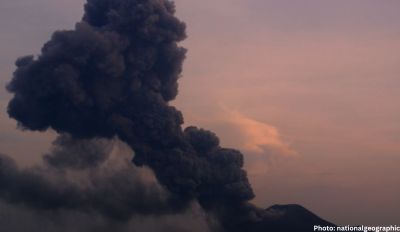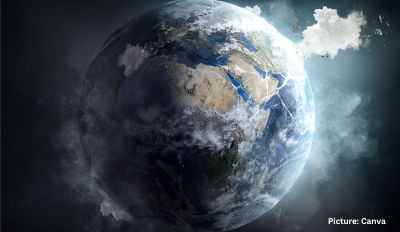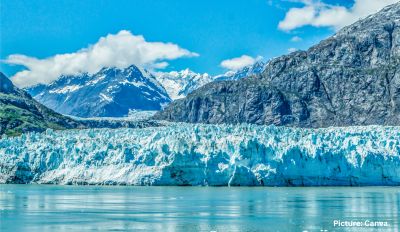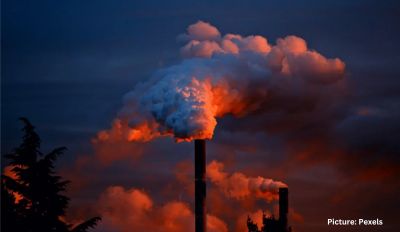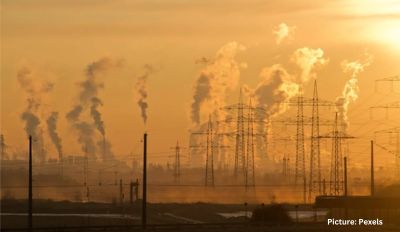Summer weather could grow to half a year in length by the end of this century if no mitigation efforts are done on climate change, according to a new study. In about the past 60 years, summer has increased by 17 days on average across the globe.
“Summers are getting longer and hotter while winters shorter and warmer due to global warming,” said Yuping Guan, lead author of the study.
Sure, longer summers may sound great for a family vacation or enjoying the outdoors, but this extended season could significantly impact our health, the environment and agriculture.
Heat waves could grow longer, mosquito-borne illnesses could become more widespread, allergy season from pollen could turn more severe and the growing season of crops will be longer.
Summers growing longer
The study reveals that warming temperatures globally are making the hottest quarter of the year, known as summer, longer, and this is also affecting when all the seasons start.
“The onsets of spring and summer are advanced, while the onsets of autumn and winter are delayed,” the study says.
The study splits the four seasons into four percentiles, with any temperature above the 75th percentile of the 1952-2011 temperature average being recognized as summer. Climate computer models are then operated to reveal how these defined seasons change over time.
“Over the period of 1952-2011, the length of summer increased from 78 to 95 days and that of spring, autumn and winter decreased from 124 to 115, 87 to 82 and 76 to 73 days, respectively,” the study states.
Most regions across the Northern Hemisphere have been experiencing longer summers already, but in the Mediterranean region it is growing by more than eight days per 10 years since the 1950s. This may not sound like much, but over a longer time scale it becomes more significant.
Global sea and land temperatures continue to rise relative to average, and the difference compared to average is also growing. The last time annual temperatures were below average globally was in the late 1970s, meaning that the last time it was cooler than normal was more than 40 years ago, according to data from NOAA.
Climate change driven by emissions of Greenhouse gases is the main contributor to the warming temperatures.
If nothing is done to mitigate these emissions to slow down the effects of climate change, then summer could evolve into lasting half a year by the end of this century, according to the study.
“Under the business-as-usual scenario, spring and summer will start about a month earlier than 2011 by the end of the century, autumn and winter start about half a month later, which result in nearly half a year of summer and less than two months of winter in 2100.”
Countries around the world are trying to take action, but the goals set in the Paris Climate Agreement are not being met. That includes efforts to curb emissions.
What this means for you
Aside from the warming temperatures and shifting seasons, this does have implications on human life.
That includes agriculture. Spring is the season when plants begin to grow across parts of the US. The plants bud when they experience the warmer temperatures at the start of the season.
This time of year is also met with temperature variability, however, when one day may be warm while the next is cold. These temperature extremes are a common occurrence with climate change.
Starting spring a month earlier could mean disastrous losses for crops. Earlier weeks and months in the transition seasons could result in more drastic cold snaps following spring bud openings.
“For monsoon areas, shifting seasons can alter the time of monsoons. This means that patterns of monsoon rains are changed as well. These kind of changes may not sync with crops growth,” Guan told CNN.
“It could also limit the types of crops grown, encourage invasive species or weed growth, or increase demand for irrigation,” the Environmental Protection Agency says. “A longer growing season could also disrupt the function and structure of a region’s ecosystems and could, for example, alter the range and types of animal species in the area.”
There are other types of plants, like ragweed, that produce pollen. With an extended period of warmer temperatures, that allows plants to produce pollen for a longer time and at higher quantities.
The changing of the seasons will also affect wildfires and heat waves, likely increasing their occurrence.
“A hotter and longer summer will suffer more frequent and intensified high-temperature events — heatwaves and wildfires,” said Congwen Zhu, a researcher at the Chinese Academy of Meteorological Sciences who is unaffiliated with this study.
Heat events are already the deadliest on average compared to other weather events, such as flooding or hurricanes, in the US, as stated by the National Weather Service.
The report also references how mosquitos could be affected by the longer summers and the warmer temperatures at the higher latitudes. According to the Intergovernmental Panel on Climate Change, diseases carried by mosquitos, such as Dengue, could become more widespread in a warmer climate and the time period of the year when it spreads could become longer.
A study conducted by scientists at the National Oceanic and Atmospheric Administration’s Great Lakes Environmental Research Laboratory (GLERL) used a 30-year data set to investigate how climate change is impacting the deepest parts of Lake Michigan, the world’s fourth-largest freshwater lake.
“We found that this long-term data set not only confirms that Lake Michigan’s deep waters are warming, but also shows that winter is vanishing from them,” said Eric Anderson, the study’s lead author.
This could have a profound impact on everything from the region’s weather to its food supply.
Scientists used a long string of high-tech thermometers, which float vertically in the water and record temperatures at different depths in the lake. This instrument has been recording water temperatures every hour, almost continuously, for the past three decades.
This allowed scientists to examine the lake’s year-round temperature changes throughout the entire water column, rather than just lake surface temperatures in the summer.
(Courtesy: CNN.COM)


